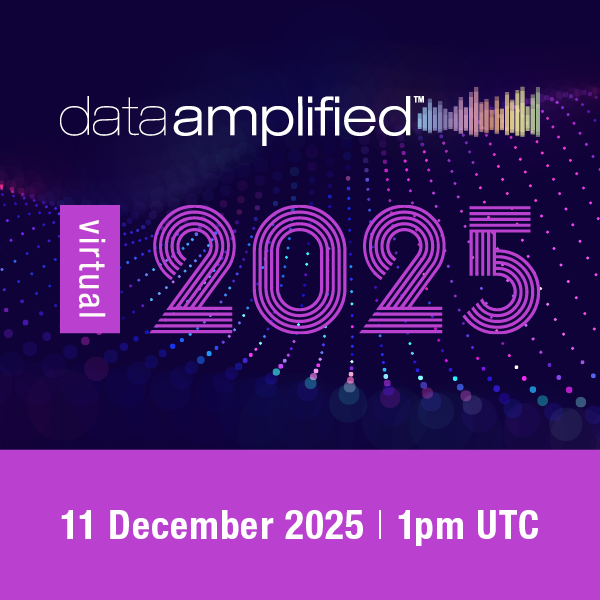Briefing Note: SEC moves to accept Inline XBRL

Yesterday the SEC announced a voluntary program allowing firms it regulates to use Inline XBRL (or “iXBRL”). We are of the view that this is important and represents another very welcome step forward in enhancing transparency and accountability in reporting.
What was announced?
Why is this important?
What changes?
What is iXBRL?
What is the international impact?
What was announced?
In a press release, accompanying exemption order and updated Edgar Filing Manual, the SEC is telling US listed companies (“Issuers” in their parlance) that they can file their quarterly and annual financial statements in Inline XBRL. The change is effective immediately.
This is, again to use the SEC’s terminology, a “voluntary, time limited program to assess the usefulness of this new filing format” through to 2020. It is a chance for the Commission, filers, the software industry, filing agents and users to assess the utility of iXBRL in the US context.
It is likely, in our view, that this is a voluntary phase that will be succeeded by a new mandate. Of course, past experience is not necessarily indicative of future performance, as the investment warnings all point out.
Why is this important?
It’s important for several reasons, but in particular:
- it means that the US moves from requiring two different formats for the same information to a single format that is both human and machine readable.
- it means that the SEC will provide a powerful new “viewer” that allows users to understand the meaning, including the accounting definitions, and no doubt eventually, even third party commentary, on corporate disclosures. This is a “head up display” for the company information provided to markets. It makes it immediately apparent what is being disclosed, how it is related to other disclosures and what it means. As soon as examples are available we will link to them from here. Making the metadata – the definitions – more accessible is deceptively simple and surprisingly important.
In our view it is a major step forward in transparency and usability.
What will change, in practice, for SEC filers?
Technically
Until yesterday companies in the US had to “file” their HTML or ASCII versions of their financial statements and “exhibit” their XBRL versions of their documents, including any company-specific extensions. Within the XBRL consortium we call this “dual filing” and we consider it a bad practice. It means that there are two sources of the truth and two places to make mistakes.
Now that has changed in the US. iXBRL documents (which are, themselves, web pages with additional information embedded in them) can be filed to the SEC. That’s a human readable document and it can be transformed into a computer readable XBRL file automatically. This, in itself, is a significant step forward as it means that dual filings can be done away with.
It is worth noting that, at least during this voluntary period:
- The iXBRL HTML document will be the filing — the official disclosure, with supporting XBRL schemas and linkbases continuing to be provided as (less authoritative) “exhibits”.
- Our guess is that the legal liability and assurance obligations remains only with the human readable version of the document at this time. Technically this appears to be because the iXBRL HTML document is “bifurcated”1 in the exemption order — it is, as is usual from the SEC, a stepwise change rather than a big bang — and does not seem to create any change to the legal liability for companies or their auditors.
Practically
In practical terms, SEC filers or their agents will need to update their software (if they have not done so already) in order to take advantage of this significant improvement.
Readers unfamiliar with the mechanics of official US filing data can find a useful introduction here.
What is iXBRL anyway?
iXBRL filing allows companies to submit their filing as a single HTML file (an XHTML file to be precise). Human users can view this document in the ordinary way. Computers can parse the iXBRL markup that is in the document, including the tags that bracket (ie: that fit either side of) the numbers or text that can be read by a human.
You can read more about iXBRL from a technical perspective here, but this is a well proven approach to the preparation of reports that are unique presentations that cover the facts and the format that individual companies decide should form part of their disclosures. It is heavily used, with just on 3 million private companies in the UK providing their financial statements in iXBRL format to their tax authority. iXBRL is also in use in Denmark, Japan and Australia. Many other jurisdictions are actively looking into its use.
Why is this important internationally?
The SEC’s efforts in this context is transformational and should:
- Provide an example that many other securities regulators and stock exchanges will closely examine in order to make fundamental data easier to access, simpler to prepare and more easily analysed.
- Accelerate the work of software firms and data providers to both produce and analyse fundamental data of this sort.
- Cast more light on the need to develop stronger assurance and audit procedures around XBRL documents.
We’ll update this note with examples as soon as they become available.
1. This interpretation – that the iXBRL file is, at least for legal reasons, split between the human readable version and the machine readable version is based in part on a reading of the Commission’s order that states, on p3 that: “For the purposes of this order, we use “instance document” to describe that part of the Interactive Data File that contains the XBRL tags for the information contained in the corresponding data in the Related Official Filing to satisfy the content and format requirements in 17 CFR 232.405. The other documents in the Interactive Data File contain contextual information about the XBRL tags.” Readers – especially filers and their agents — should make their own judgement about the legal effect of this pronouncement and MUST NOT rely on our analysis!
↩






